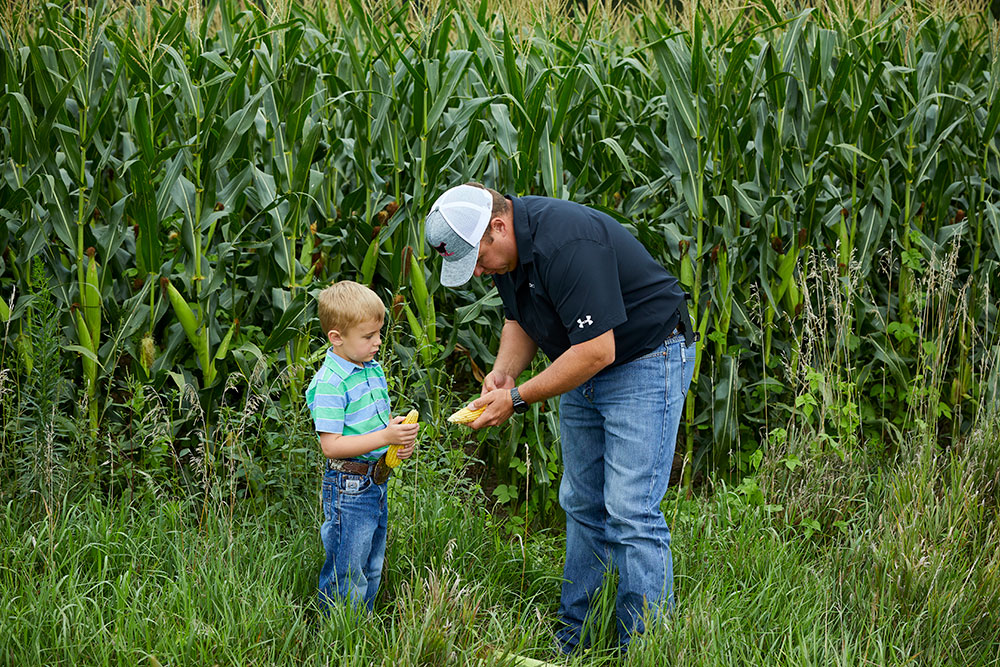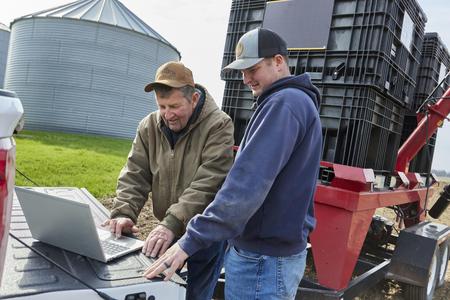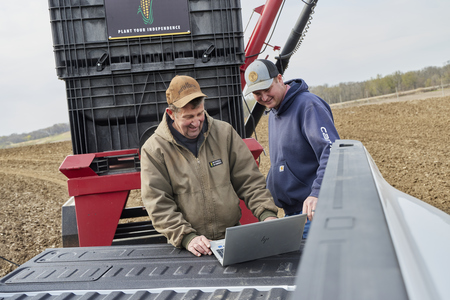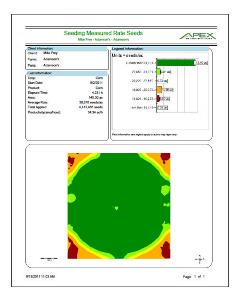Mega Menu
Mega menu is possible in BS5 but we will need to create a custom template layout for the navigation widget. The following is a hard-coded example.

Font Awesome 6
FA6+ icons will work on all widgets.
The FMH Icon box will need a new version created because the styling is broken in Bootstrap 5 templates (this has nothing to do with FA).
FMH Icon Widget
Icons can now be used in Content blocks by pasting the HTML tags from www.fontawesome.com into the HTML editor.
Here are some new icons from Font Awesome 6
face-awesome
envelopes
wheat-awn
Bootstrap Components
Code snippits from http://getbootstrap.com pasted into Content Blocks.
h1. Bootstrap heading
h2. Bootstrap heading
h3. Bootstrap heading
h4. Bootstrap heading
h5. Bootstrap heading
h6. Bootstrap heading
Nav Tabs
Nav Pills
Accordion
.accordion-body, though the transition does limit overflow.
.accordion-body, though the transition does limit overflow.
.accordion-body, though the transition does limit overflow.
Tables
| # | First | Last | Handle |
|---|---|---|---|
| 1 | Mark | Otto | @mdo |
| 2 | Jacob | Thornton | @fat |
| 3 | Larry the Bird | ||
Alerts
Image Carousel
Modals
Sitefinity Widgets
Default, out of the box, Bootstrap 5 templates available for widgets.
The navigation template used above is called Horizontal.
Navigation Widget - Tabs Template
Navigation Widget - Pills Template
Breadcrumb
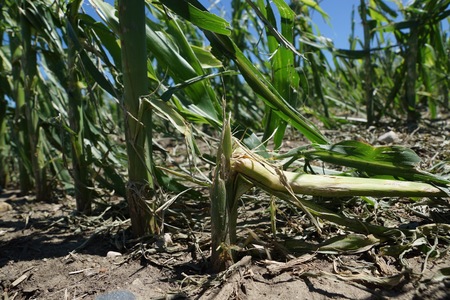
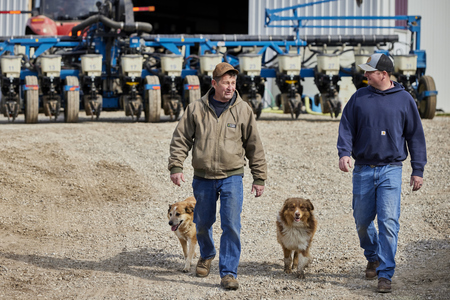
List Widget - Expandable List Template
Precision Claims FAQs
List Widget - Simple List Template
Crop Claims Reminders
-
How To Report MPCI Claims
-
MPCI Claim Reporting Deadlines
-
Appraisals
-
Production Records by Unit
-
Production Delivered to a Commercial Elevator
-
Production From Precision Farming Technology Systems
-
Production Weighed and Farm Stored
-
Authorization for Load Records, Storage Structure Marking, or Combine Monitor Records
-
Fed Production
-
Quality Adjustment
-
What is a Simplified Claim?
-
What can insureds do to expedite the claim process?
List Widget - Anchor List Template
Quality Control Review FAQ
- What can an Insured do to prepare for a review?
- What can Agents do to prepare for a review?
- How does the review process begin?
Quality Control Review FAQ
What can an Insured do to prepare for a review?
Third party documentation (i.e. summary/settlement sheets from the elevator) is required when applicable and available. Insureds are expected to have available hard copy records that will 1) support the total production raised for the crop/county/year being reviewed and 2) that can demonstrate how production was kept separate between various units, practices and types (if applicable).
Insureds will also want make themselves available to meet with the quality control reviewer as the reviews will need to be completed before the claims can be processed.
What can Agents do to prepare for a review?
How does the review process begin?
Documents List - Documents List Template
Documents List - Documents List Template
| Title | Type | Size | |
| 602 KB | DownloadFMHQ Release 2 Guide | ||
| 405 KB | DownloadWFRP Checklist for Agents 2026 | ||
| 504 KB | DownloadWFRP Policy Provisions 2026 | ||
| 3231 KB | DownloadWFRP Handbook 2026 | ||
| 203 KB | DownloadECO_MCO_SCO_Coverage Comparison Flyer |
News Widget - News List Template
News list template is the only template available by default.
Precision Reduces Claim Time From Days to Hours
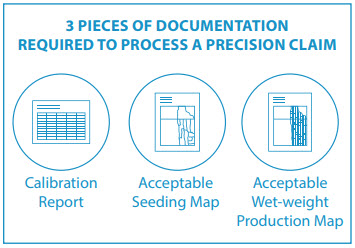 A claim that would have traditionally taken adjuster Brian Fick over a week to adjust was completed in just three hours thanks to FMH Precision Solutions. Just after harvest 2017, Fick worked on a RAMP claim for an insured who farms across four counties in three states: Minnesota, Iowa, and South Dakota. The farming operation is also tied to three other insureds. “All the information for the claim was reported using precision, so I knew going in what I needed to ask the farmer to provide,” said Fick. “I just needed planting reports, proof of combine calibration data, and pixelated yield records with wet yield data available.”
A claim that would have traditionally taken adjuster Brian Fick over a week to adjust was completed in just three hours thanks to FMH Precision Solutions. Just after harvest 2017, Fick worked on a RAMP claim for an insured who farms across four counties in three states: Minnesota, Iowa, and South Dakota. The farming operation is also tied to three other insureds. “All the information for the claim was reported using precision, so I knew going in what I needed to ask the farmer to provide,” said Fick. “I just needed planting reports, proof of combine calibration data, and pixelated yield records with wet yield data available.”
Fick had worked claims for this farm in the past and knew just how much work goes into processing a claim with traditional methods.
“In the previous year’s claim, I had to ask the insured to stop movement of grain from their storage facilities so I could measure around 33 bins in different locations, ask for grain assembly sheets and make sure all were correctly split, bring all this grain data back to office and sort through it like solving a puzzle, and prorate this grain inventory to his existing yield maps from the combine,” he said.
“All of this could take over a week to accomplish. I required about a day or two to measure and then sometimes a week to get all of the assembly sheets together,” he added. “Then another two to three days to sort through data. Sometimes I would find out that some assembly sheets were not sent, and that would cause more delays in processing the claim.”

But this year was different. This year, Fick was able to process the loss as a Precision Claim.
Fick did run into some hesitation from the insured but was able to answer his questions and seek assistance from FMH’s Precision and Mapping team to ensure a smooth claim process.
“The farmer was a little skeptical at first. He was concerned that sometimes not all his planting data gets recorded right or might not be exactly how we would like it,” he said. “FMH was able to help fix those fields. I think that the insured liked not having to gather assembly sheet data from multiple elevators.”
Fick is one of over 200 FMH adjusters trained in processing Precision Claims. He noted that the benefits of Precision Claims go beyond the insured and improve the adjuster’s processes, too.
“From my point of view, the insureds are finally insuring the right acres for what they planted. They are paying premium only on what is planted, and not what the FSA says is out there,” he said. “From a safety perspective, I like the idea of not having to climb up bins and worry about falling.
This technology matches what our insureds are already used to working with in their planters and combines, so it is not hard for new insureds to transition to it.”
Blog Posts Widget - Blog Posts Lists Template
-
Reporting Acreage with FMH Precision Solutions
Many policyholders already collect precision ag data during planting. Put that data to work to report acreage for crop insurance with FMH Precision Solutions.Full story -
Prepping Your Customers for Planting with Precision
Help your farmers use the precision data they're already collecting to simplify planting and reporting this spring.Full story -
Q&A with an FMH Precision Tech Specialist
Learn how our expert staff supports agents getting started with Precision SolutionsFull story -
Traditional vs. Precision Claims: What Are the Differences?
Oct 16, 2023, 14:01 by Eric RicheLearn how Precision Solutions can lead to simplified claims and easier APH reviews for your customers.Full story -
See How Precision Solutions Saves Premium and Improves APH
See the difference with examples from our recent FieldView™ Partner Connect webinar.Full story
